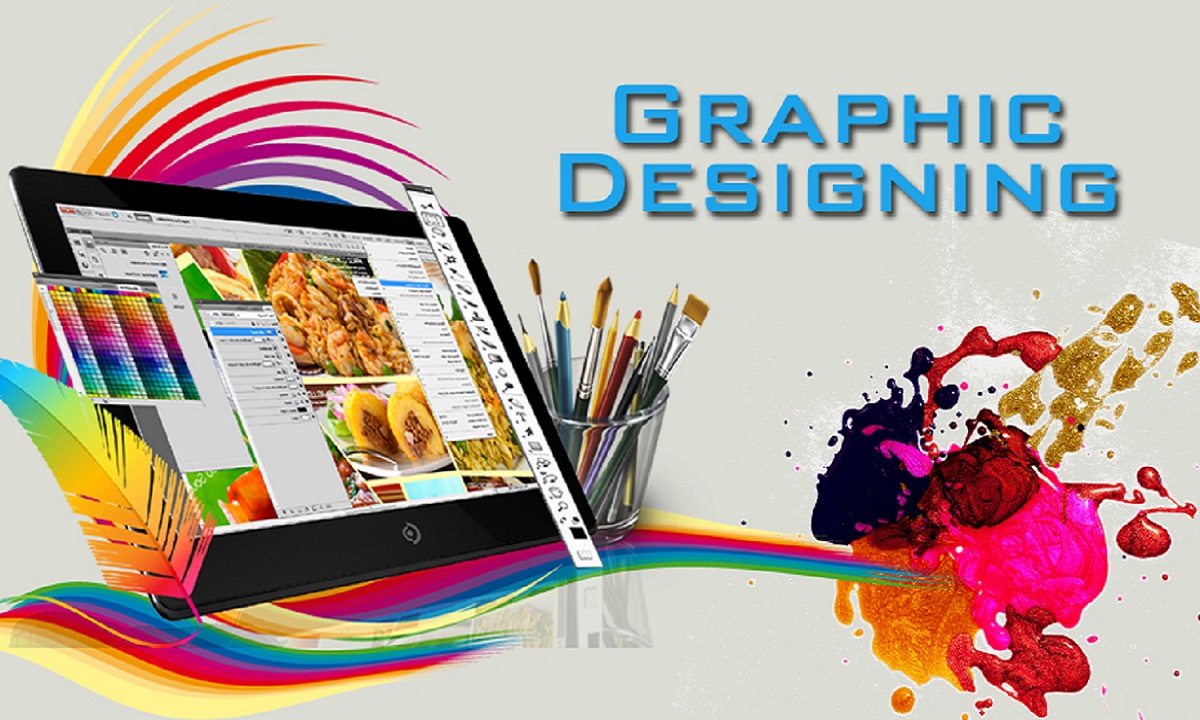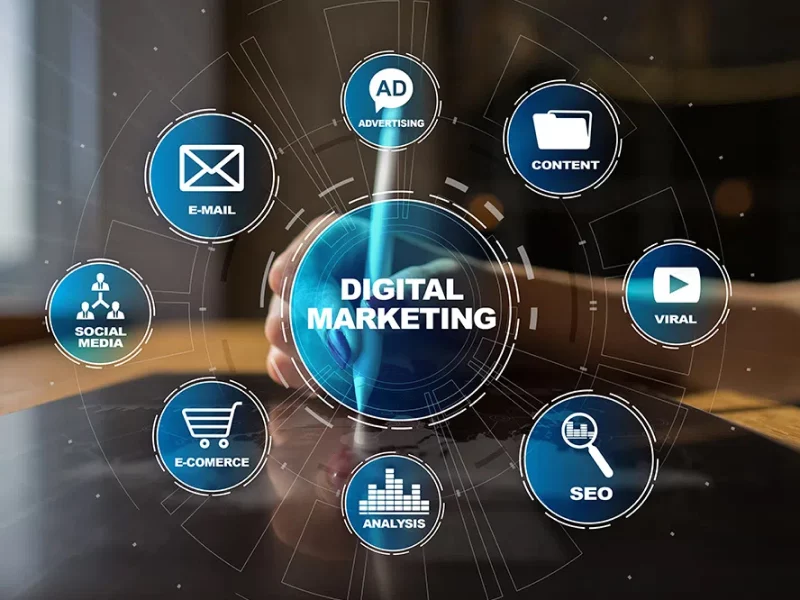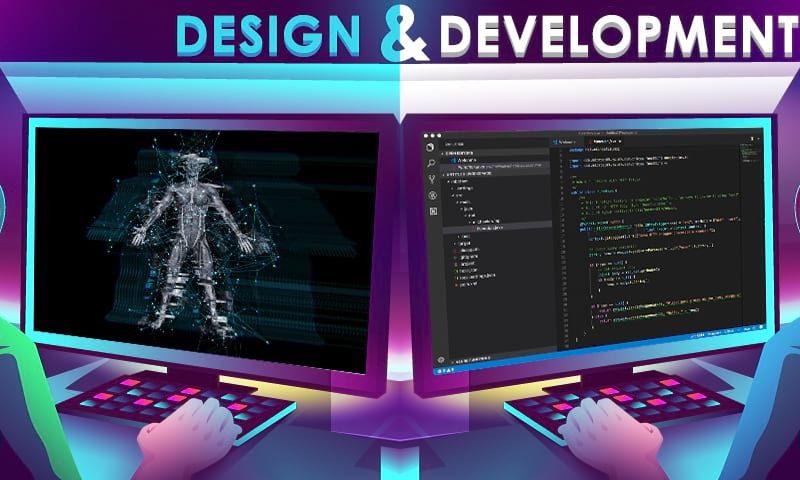Graphic design is the art and science of visual communication that combines text, images, and other elements to convey information effectively. It involves creating visual concepts to communicate ideas that inspire, inform, persuade, and entertain.
Key Principles of Graphic Design
- Balance: The visual weight of elements should be balanced to create a harmonious composition.
- Contrast: The use of contrasting elements, such as color, size, and shape, to create visual interest.
- Emphasis: Drawing attention to the most important elements of a design.
- Proximity: Grouping related elements together to create a sense of visual connection.
- Alignment: Aligning elements to create a sense of order and structure.
- Repetition: Using consistent elements, such as colors, fonts, and imagery, to create a unified design.
Applications of Graphic Design
Graphic design is used in a wide range of fields, including:
- Advertising: Creating eye-catching ads to promote products and services.
- Branding: Developing brand identities through logos, color palettes, and typography.
- Web Design: Designing user-friendly and visually appealing websites.
- Print Design: Creating printed materials such as brochures, flyers, and posters.
- Packaging Design: Designing packaging that is both functional and visually appealing.
- User Interface Design: Designing user-friendly interfaces for software and apps.
Tools and Techniques
Graphic designers use a variety of tools and techniques to create their work:
- Design Software: Adobe Creative Suite (Photoshop, Illustrator, InDesign), Figma, Sketch, and Canva are popular tools for graphic design.
- Color Theory: Understanding color theory helps designers choose effective color palettes.
- Typography: The art of selecting and arranging typefaces to enhance readability and visual appeal.
- Layout and Composition: Creating effective layouts and compositions to guide the viewer’s eye.
The Future of Graphic Design
As technology continues to evolve, so too does the field of graphic design. Emerging trends include:
- Motion Graphics: Creating dynamic and engaging visual content.
- Virtual and Augmented Reality: Designing immersive experiences.
- Artificial Intelligence: Using AI-powered tools to automate design tasks and generate creative ideas.
Graphic design plays a crucial role in our modern world, shaping the way we perceive and interact with information. By understanding the principles and techniques of graphic design, we can create visually compelling and effective communication.


